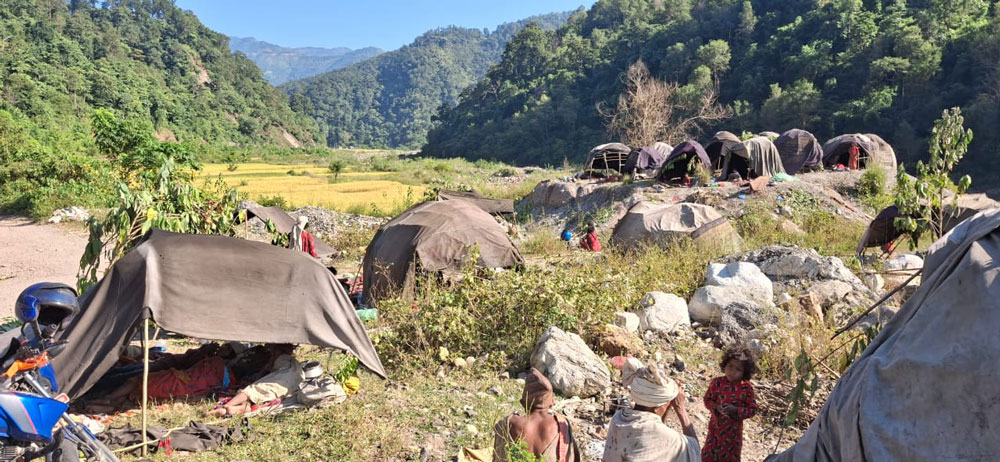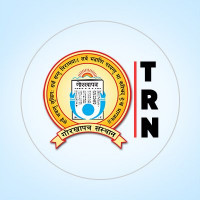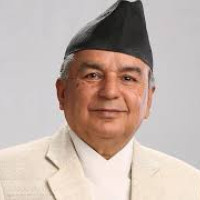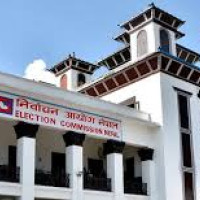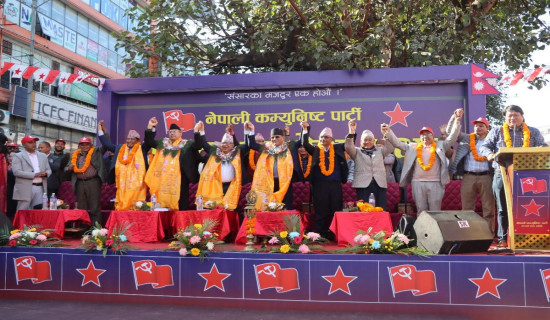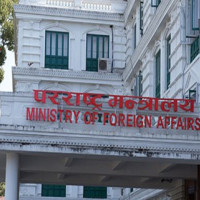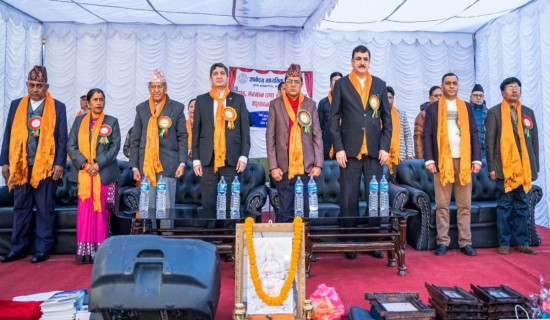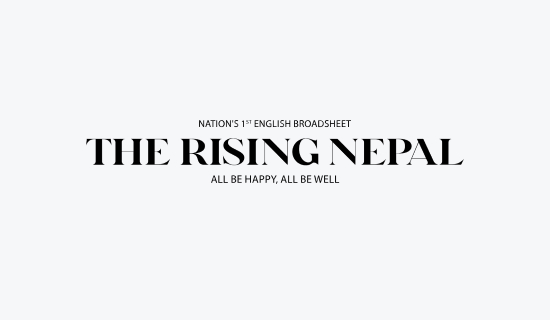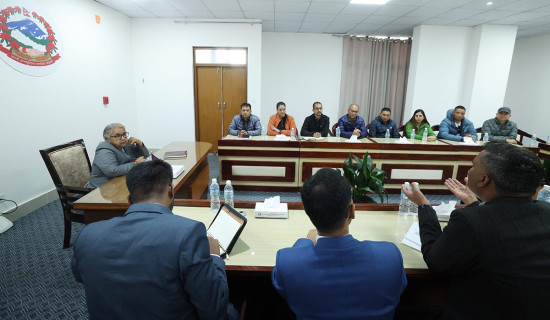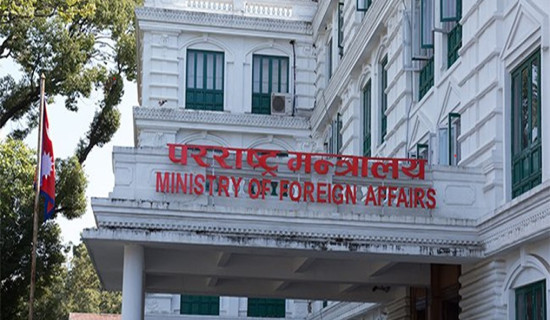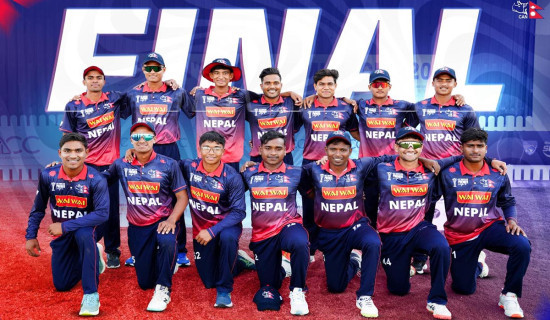- Monday, 1 December 2025
Raute population faces decline with 12 deaths in seven years
By Kamal Sharma
Dailekh, Oct. 29: The population of the endangered Raute community, a nomadic group living across various districts of Karnali Province, has been steadily declining in recent years.
According to the Raute Project run by SOSEC, Nepal, excessive alcohol consumption, unsafe shelter, lack of timely medical treatment and poor nutrition have led to the deaths of 12 community members in the past seven years.
Lal Bahadur Khatri, teacher of the project, reported that when the project began in 2018, the Raute population was 147, but it has now fallen to 135.
The number dropped further following the recent death of Bhakta Bahadur Shahi, the community’s chief priest, at the age of 71 on October 23.
Shahi, a leader of Raute community, is survived by one son, Burush Shahi, and three daughters. His wife had passed away some years earlier.
Khatri explained that the community’s shrinking population is mainly due to unstructured living conditions, malnutrition, rising alcohol abuse and a lack of access to modern healthcare.
He added that although the government provides social security allowances, much of it is spent on alcohol. With increasing interaction between the Raute and outsiders, even younger members have begun consuming alcohol. “With the onset of winter, the risk of deaths from cold and fire burns has also increased,” Khatri warned.
A 2014 census of the Raute community conducted by the then Ministry of Local Development through the District Development Committee of Surkhet recorded 182 Raute individuals in the district. Since then, over 47 of them have died.
Rautes, who still follow a nomadic lifestyle, generally reject modern medicine, considering hospital treatment contrary to their traditions. Instead, they rely on herbal remedies from the forest.
However, as traditional methods often fail to cure certain illnesses, preventable deaths are common. Health worker Anju Pant, who works with the Raute Project, said, “Many die because they refuse to seek timely medical care. Population imbalance, with higher death rates than birth rate, is also a growing concern.”
The Raute community consists of three clans. Raskoti, Kalyal, and Showanshi. Intermarriage between clans is prohibited, which further contributes to a low birth rate.
A 2024 report by the National Human Rights Commission (NHRC) and SOSEC found long gaps between births among Raute families.
The study concluded that early deaths stem from state neglect, weak public health services, malnutrition, lack of reproductive healthcare, poor housing, inadequate clothing for harsh weather and a lack of clean drinking water and sanitation.
In 2024, the NHRC directed all three tiers of government to formulate special legal measures to ensure protection, security, and cultural continuity of the Raute community. The directives called for establishing mobile police posts alongside relocated Raute settlements, declaring protected zones for Raute cultural and social preservation, setting up mobile integrated service centres for administration, registration, food, relief, nutrition, and healthcare, banning the sale and distribution of alcohol and tobacco in Raute settlements, and developing Raute and Khamchi language curricula.
At present, the Raute community is residing in Chisapani, Lekhbesi Municipality–8, Surkhet.

